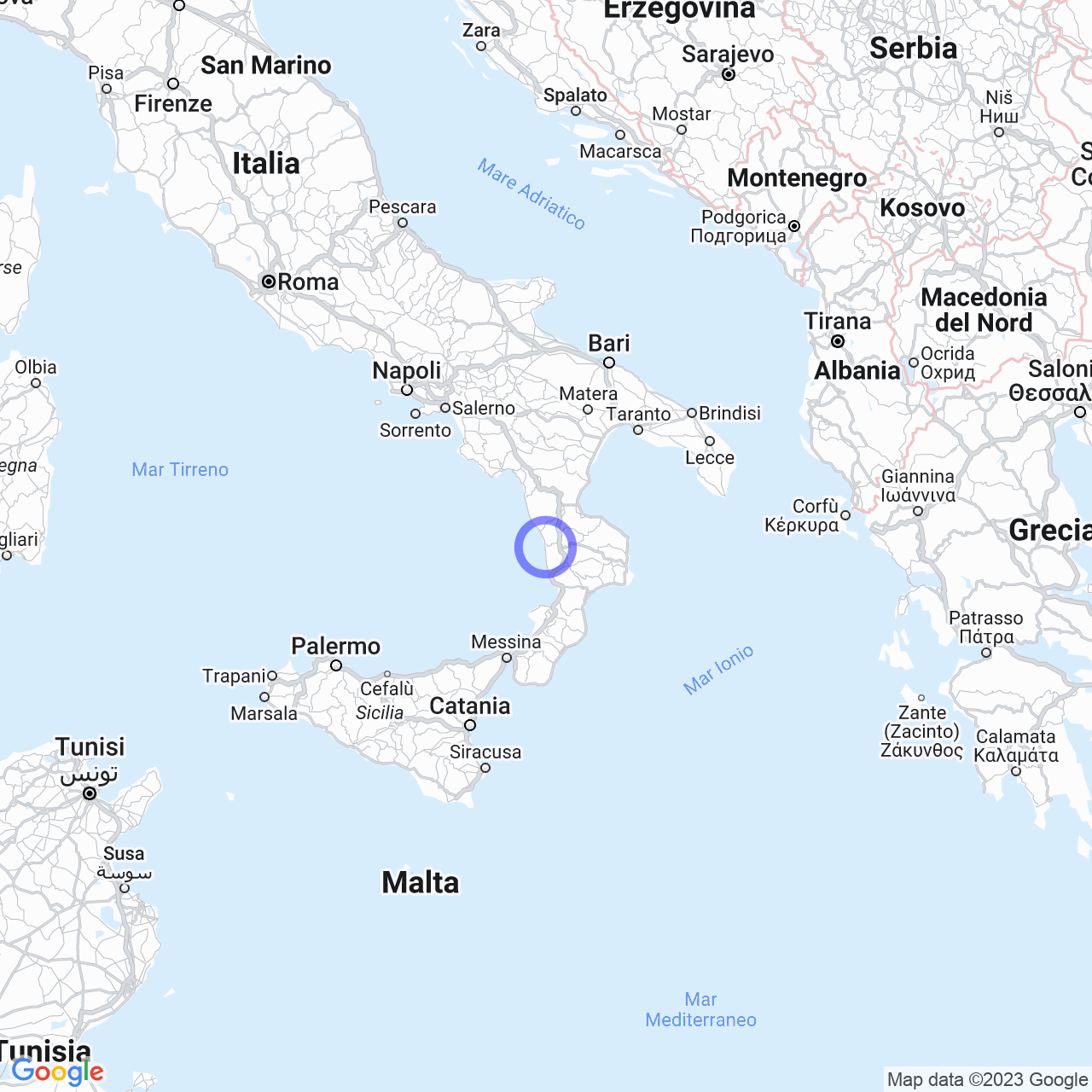San Lucido
San Lucido: the pearl of the Tyrrhenian Sea
San Lucido is a municipality located in the province of Cosenza, Calabria, with a population of approximately 6,000 inhabitants. Located along the coast of the Tyrrhenian Sea, the municipality is divided into several districts, each with its own history and natural beauty. In this article, we will take a look at the physical geography of the territory, its history, and its most important monuments.
Physical geography
The municipality of San Lucido is characterized by its coastal position, with a promenade that extends for about three kilometers. The municipal territory presents an altimetric slope ranging from 0 to 1200 meters above sea level, with several hills and mountains rising above the sea landscape. Among the most famous districts are Pollella, Deuda, Varco, Santa Lucia, Rizzuti, San Giovanni, Cerasuolo, Puppa, Miccisi, Dragone, Vallena and Acquabianca.
San Lucido is also known for the presence of white tuff extracted from its mountains, as well as for Opuntia ficus-indica and Capparis spinosa plants that naturally grow on the rocks.

History
The history of San Lucido is ancient and fascinating, with roots dating back to the 5th century BC-4th century BC. Based on the analysis of archaeological finds discovered in Contrada Palazzi (now Petralonga), it can be hypothesized that San Lucido was an outpost of ancient Greece on the Tyrrhenian Sea, perhaps the ancient Temesa. Following the arrival of the Romans, the village was transformed into a fortified settlement.
Despite the efforts of scholars, the origin of the current name of San Lucido remains uncertain. Some argue that it derives from the name of San Lucido of Aquara, while others refer to a Byzantine outpost dedicated to Saint Anicetus.
San Lucido has witnessed the growth of several historical figures, including Cardinal Fabrizio Ruffo, G.B. Moscato, Antonio Manes, and Baron Lorenzo Franchino Staffa. In 1092, Ruggero, Duke of Calabria, donated the village to the archdiocese of Cosenza-Bisignano Arnolfo II, who embellished the settlement with a series of monuments.
Since 1487, San Lucido has been the feud of several noble families, including de Sangro, Carafa, Della Tolfa, and Ruffo di Calabria, who held it until 1806. The castle of San Lucido was owned by the Prince Ruffo di Calabria, ancestors of Queen Paola Ruffo di Calabria, consort of Albert II of Belgium. In 1744, Cardinal Fabrizio Ruffo, head of the Army of the Holy Faith (or Sanfedista), was born there. Among the most notable churches are San Giovanni Battista, Annunziata, and Rosario.
In 1811, San Lucido became an autonomous municipality.
Municipal administration
Currently, the mayor of San Lucido is Dr. Antonio Sangiovanni, elected in 2016.
Monuments and places of interest
San Lucido offers a wide range of monuments and places of interest for visitors. Among the most important religious architectures are:
- The church of Pietà, which is the oldest building.
- The church of the Santissima Annunziata, a structure of the fifteenth century that preserves some carved panels of a sixteenth-century altar.
- The church of San Giovanni, located next to the castle. Inside, with three naves, there is an eighteenth-century canvas depicting the Baptism of Jesus, signed by Francesco Saverio Jorio in 1789, and a Madonna del Pilerio attributed to Pascaletti.
The most spectacular element of the landscape of San Lucido is its promenade, which offers a breathtaking view of the Tyrrhenian Sea and the surrounding coast. There are many beaches and coves along the coast, including the beach of Cerasuolo, the beach of Pollella, the beach of Dragone, and the small cove of Vallena.
Not far from San Lucido is also the regional nature reserve "Fiume Lao," which offers a spectacular view of the surrounding hills and the river waters.
In conclusion, San Lucido is a hidden gem of the Tyrrhenian Sea, with an ancient history and breathtaking natural beauty. If you are looking for a place to visit in Calabria, San Lucido will not disappoint you!
